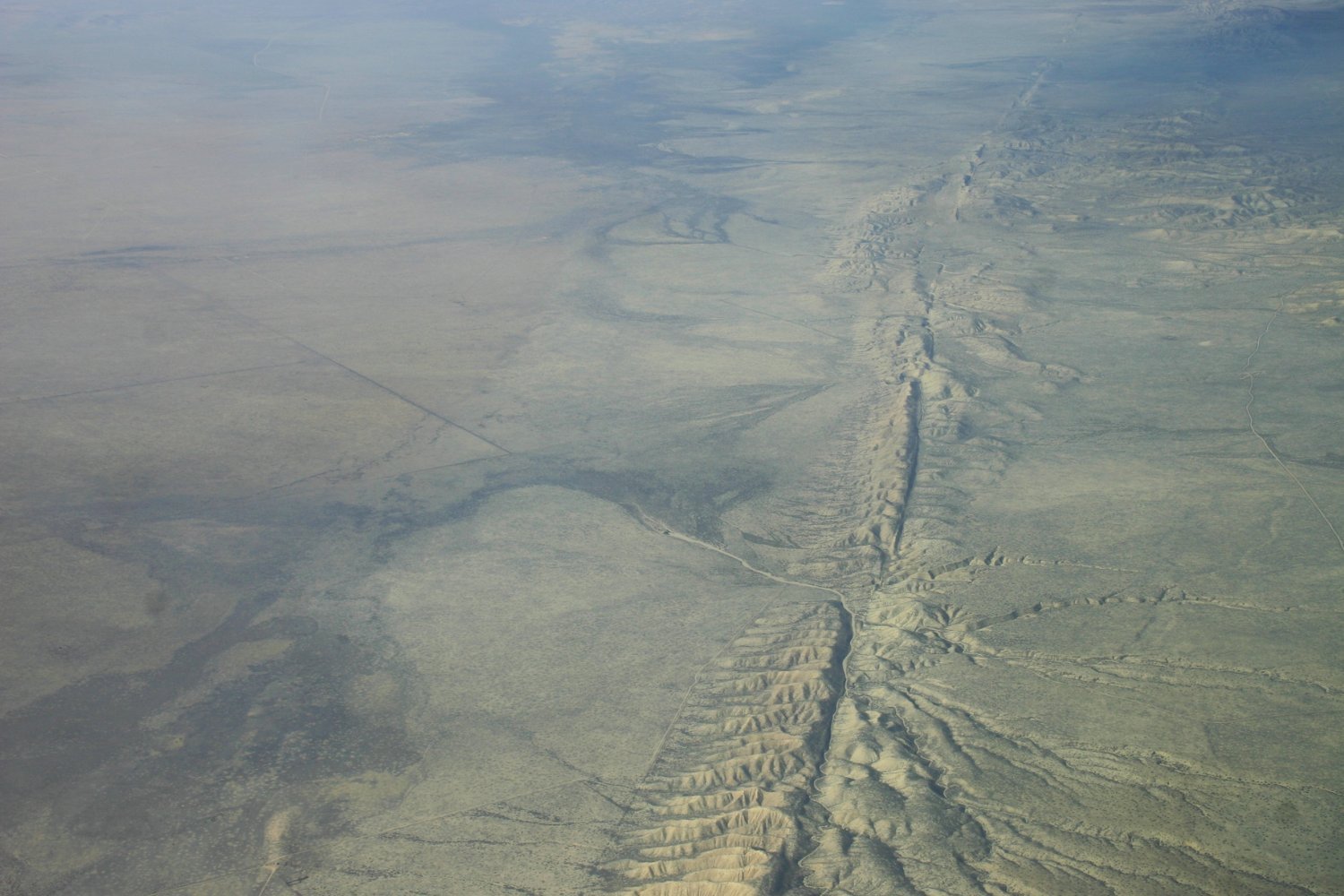
A Possible Link Between Solar Heat and Earthquakes: Revolutionizing Prediction?
Seismologists have long held a robust understanding of the fundamental mechanics underpinning earthquakes, the forces that drive their occurrence deep within our planet. However, one of the most elusive goals in the field remains the accurate prediction of future earthquakes. While the notion of linking earthquakes to celestial events, such as solar or lunar activity, may have once been relegated to the realm of conspiracy theories, recent scientific research is beginning to uncover a potential connection between the Sun’s energy and seismic activity.
A groundbreaking study conducted by researchers in Japan has revealed that incorporating Earth’s surface temperatures into computer models significantly enhances the accuracy of simulations designed to predict past earthquakes. This study, published in the esteemed journal Chaos, suggests that the Sun’s influence on Earth’s surface may play a role in shaping our planet’s seismic behavior. If these findings are validated by further research, they could revolutionize our approach to earthquake prediction, leading to a substantial improvement in our ability to prepare for and mitigate the devastating consequences of these natural disasters.
The current research builds upon a prior study conducted in 2022 by some of the same authors, which established a correlation between solar activity, including the presence of sunspots, and seismicity on Earth. However, the precise mechanisms by which the Sun exerts its influence on seismic activity have remained a mystery. In their recent investigation, the researchers sought to explore the hypothesis that one of these mechanisms involves the transfer of heat from the Sun to the Earth.
The research team’s approach involved a comparative analysis of earthquake data with records of solar activity and Earth’s surface temperatures. Their findings indicated that the inclusion of surface temperature data in earthquake simulations led to a noticeable improvement in their accuracy, particularly for shallow earthquakes. This intriguing result implies that the temperature of Earth’s crust, a layer profoundly affected by the Sun’s heat, is somehow involved in the complex processes that trigger seismic events. Furthermore, the researchers cited seasonal variations in earthquake frequency as additional evidence supporting the link between solar heat and seismic activity.
Matheus Henrique Junqueira Saldanha, a co-author of the study and a computer scientist at the University of Tsukuba, provided further insights into the potential mechanisms at play. In a statement released by AIP Publishing, the publisher of the journal Chaos, he explained that solar heat drives changes in atmospheric temperature, which in turn can affect the physical properties of rocks and the movement of underground water.
These fluctuations, according to Junqueira Saldanha, can make rocks more brittle and prone to fracturing. Furthermore, variations in rainfall and snowmelt can alter the pressure exerted on tectonic plate boundaries. While these factors may not be the primary drivers of earthquakes, they could still contribute to the overall seismic activity of a region, providing valuable clues for predicting future events.
The study was a collaborative effort involving researchers from the National Institute of Advanced Industrial Science and Technology in Japan, further highlighting the significance of this research and its potential implications for earthquake prediction.
Junqueira Saldanha emphasized the strong correlation between surface temperatures and shallow earthquakes, noting that "it makes sense, since heat and water mostly affect the upper layers of the Earth’s crust.” This connection suggests that the Sun’s influence is most pronounced in the near-surface layers of our planet, where temperature variations are more dramatic and where water plays a critical role in the behavior of rocks and soil.
The potential implications of the connection between solar heat, surface temperature, and earthquakes are far-reaching. A deeper understanding of this link could pave the way for more accurate earthquake prediction models, enabling communities in seismically active regions to better prepare for and mitigate the risks associated with these devastating natural disasters.
In conclusion, Junqueira Saldanha expressed his enthusiasm for this new avenue of research, stating that "It’s an exciting direction, and we hope our study sheds some light on the bigger picture of what triggers earthquakes." While much work remains to be done to fully understand the complex relationship between the Sun and earthquakes, this study represents a significant step forward in our quest to predict these unpredictable events and protect vulnerable populations from their devastating effects. The ongoing research promises to offer insights to better prepare communities residing in regions vulnerable to seismic activity.
